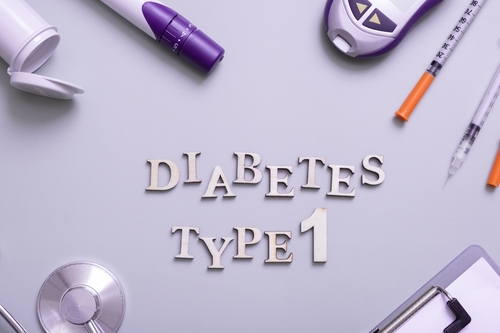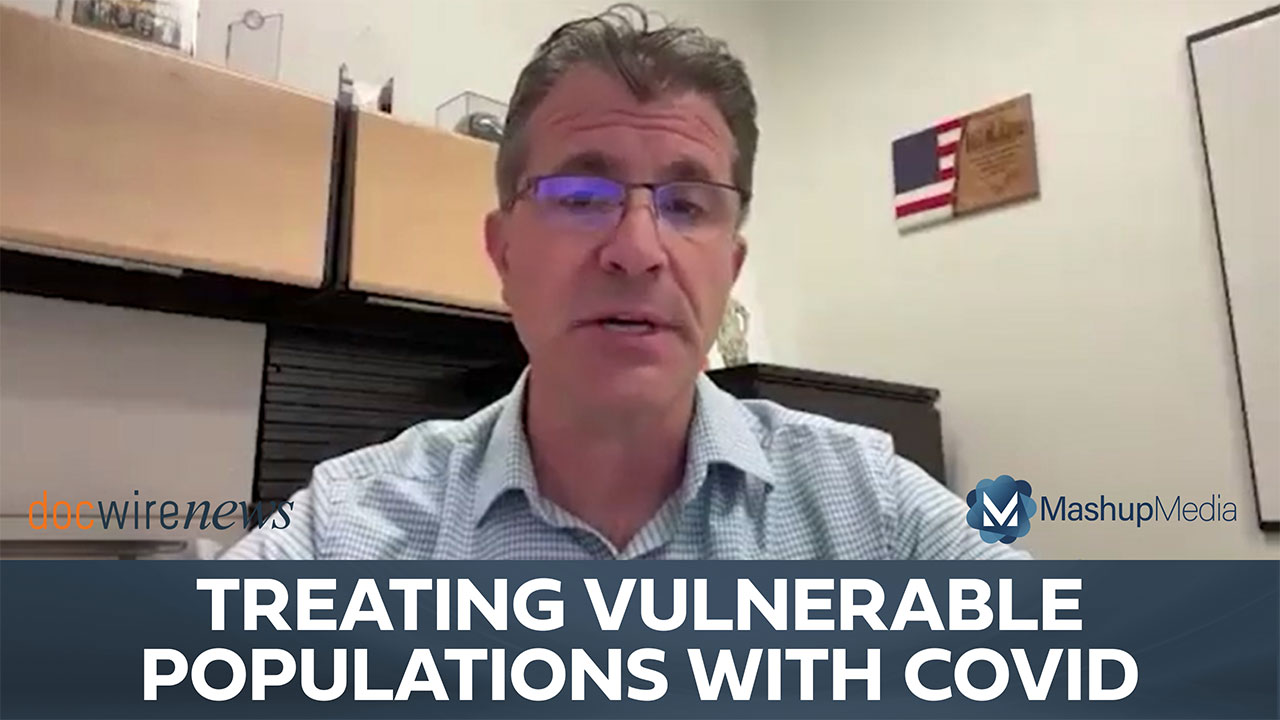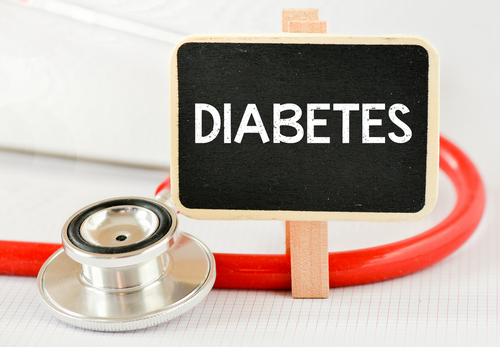How Has COVID-19 Reshaped the World of Drug Discovery?
By Christian Olsen - Last Updated: April 4, 2025We’re past the five-year mark since the onset of COVID-19… how did the pandemic (and the subsequent vaccine roll out) reshape the world of drug discovery?
DocWire News spoke to Christian Olsen, VP of Dotmatics, which enables researchers to work faster on scientific discoveries. Olsen provided insight into this topic by describing how COVID-19 shattered traditional drug development timelines (the success of accelerated vaccine approvals), and now AI is reshaping drug discovery even further—helping researchers work at an unprecedented pace.
Interviewer: How did the COVID-19 pandemic accelerate the adoption of new technologies and approaches in drug discovery, and which innovations have had the most lasting impact?
Dr. Olsen: Yeah. That’s a really big question. So, probably, most immediately or urgently, when the pandemic shut down human movement, it forced us to take a different look on collaboration, scientific collaboration. What does that look like? Typically, scientists go from their homes to their place of work. They’ve got laboratory facilities. They meet together once a week for laboratory meetings. They share what it is they’re doing in the lab. All of that had to change. I think one of the primary things that it did was it forced us to learn how to do a whole lot of work without having a whole lot of face time or individual time, right? It also forced us to be creative because we had an emergency on our hands, and whenever emergencies come up that are complex like that—or any population-level phenomena—it really forces you to think outside of the box.
Interviewer: In what ways did the urgent global need for vaccines influence regulatory processes, and what lessons can be learned for future drug development in times of crisis?
Dr. Olsen: In terms of lasting effects from the pandemic, I think it’s caused scientists to look at how they do work differently. All sorts of challenges were amplified that scientists normally had to deal with every day, like siloed data. How do I share my data with the right people? How do I share my analysis? Can other people repeat my analyses? It was a really interesting time that I think produced some different ways of thinking about how we go about working. Regulatory processes are very tricky, even outside of a pandemic or a crisis. It is because you are looking at a population level for how a therapeutic works. Just like we have a bell curve, you have the most amount of people in the middle that respond in a certain way, and then you have your various degrees of tail regions, right?
Interviewer: How did the pandemic and vaccine rollout shift the focus of pharmaceutical companies and research institutions in terms of collaboration, data sharing, and global partnerships?
Dr. Olsen: When you try to make population-level decisions with therapeutics, it’s not easy. It’s really hard, right? So, I think that, not only has it always been a challenge, but that really amplified, because generally, you have multiple years to go through a lot of regulatory hurdles, a lot of really good process. But I think it forced us to take a look at, “Can we find some throughout this process?” For instance, why does it take a typical drug to go from 10 to 15 years in development, from development, through regulatory process, and then, if it makes it through, into the market? That’s a very long time. When you’re in an emergency, you don’t have a long time to wait, and so, again, it allowed us to really take a look at how can we get more impact or more efficient with what we had. Well, probably you heard about Operation Warp Speed.
At that time, there were a number of leaders from companies that came together to collaborate on finding a vaccine. And that’s unusual. Typically, commercial companies are in the business of coming up with novel therapeutics that other companies don’t have, but in this case, there was a requirement for science to come up with a solution that could help mitigate the effects of the pandemic, so that was unusual. The last pandemic we had was very early on in our country’s history. We didn’t have the science or the infrastructure, so in terms of data sharing, there were public databases that were set up over in England, I’m thinking, as well as here, that allowed for sequenced SARS strains to be deposited and accessible by people in the community. So, you could get a really nice lineage view over time of how the virus was mutating and which different groups of viruses were starting to outcompete others.
Interviewer: What role did mRNA technology play in the rapid development of COVID-19 vaccines, and how might this technology reshape the future of drug discovery for other diseases?
Dr. Olsen: That shared data resource was really important. It’s still important today, and that really, I think, gets to the heart of good science, is what does collaboration look like? Yeah, huge. I mean, mRNA vaccines, so there are a number of different types of vaccines. There are mRNA vaccines. There are protein vaccines. Vaccines come in a couple of different flavors. So, mRNA vaccine was a really interesting strategy, and I think it bore itself out to be a very intriguing modality to look at future applications. So again, underneath that pressure cooker of, “We’ve got a need today. We need to mitigate the effects of the pandemic today,” that modality really had a lot of great attention paid to it. When I say modality, that just type of vaccines, since there are a number of different types, so I think it really opened up the doors to mRNA mechanisms, how we might be able to deploy them for other treatments.
Interviewer: How did the pandemic influence public perceptions of vaccines and drug discovery, and what are the implications for future vaccine development and public health initiatives?
Dr. Olsen: Yeah, we got a fantastic amount of data and information from that. Yeah. Oh, man. That’s another really good question. Again, it amplified what we already had going on in our country, in terms of embracing vaccines or being vaccine hesitant or being anti-vax, so those undercurrents have always been in this country. Again, when you get into a crisis mode, all of those get amplified, so how it will affect the population in terms of perception or sentiment, that’s TBD. The effects of COVID in downtown New York City were very different than in places like Billings, Montana, right? Where in New York City you had 18-wheeler containers that were acting as morgues because the morgues were overflowing, right? But in Billings, Montana, you didn’t have that, so you had such a diversity of effect. I think what it did was it really raised the bar for scientists for better communication. When it comes to public health—at the state level, at the national level, at the global level—science communication is critical.
If we’re not communicating well, the onus is on us, and we have to really bring things out into the public so that they can understand them at a level that they can get, right? We have to take it from the 25th grade level down to the eighth grade level, not because of intellectual capacity, but just because you’re trying to get a complex message out to a very broad swath of people. How do you do that effectively? How did it change funding? That’s still being determined. I mentioned the word modality, so we have a number of different types of modality to treat diseases or infections—whether it’s CRISPR, DNA mAbs [monoclonal antibodies], or mRNA vaccines. So, in terms of funding, federal funding right now is kind of up in the air, in terms of cancer research or neurological research, but in terms of commercial companies or private companies, funding is something that is always [a gamble]—gamble is kind of a hard word—but because a clinical candidate has to go through so much R&D [research and development] and then the clinical trials, there’s a lot of risk along the way.
Interviewer: In what ways did the pandemic and its aftermath change the landscape of funding and investment in drug discovery, particularly for emerging biotech companies and novel therapeutic approaches?
Dr. Olsen: What it’s forced companies to do is look for ways to do more with less money, so to be more efficient, whether it’s science or business process, or how many targets am I looking at at once? Can I look at a million, or do I look at 1,000? When you’re looking at scales of a million, that really imposes a lot of constraints technologically, and that’s one of the things that we’re working on is, how do you deal with big biological data, find things that you would’ve otherwise missed, because you’re using methods to find patterns to identify that one candidate that treats the thing you want to treat? It’s a good forcing function in my view, allowing us to think out of the box. And how do we do more for less? When it comes to funding, those research dollars are precious if you can get them, right? And so, you really have to be careful with how you’re using them.







 © 2025 Mashup Media, LLC, a Formedics Property. All Rights Reserved.
© 2025 Mashup Media, LLC, a Formedics Property. All Rights Reserved.